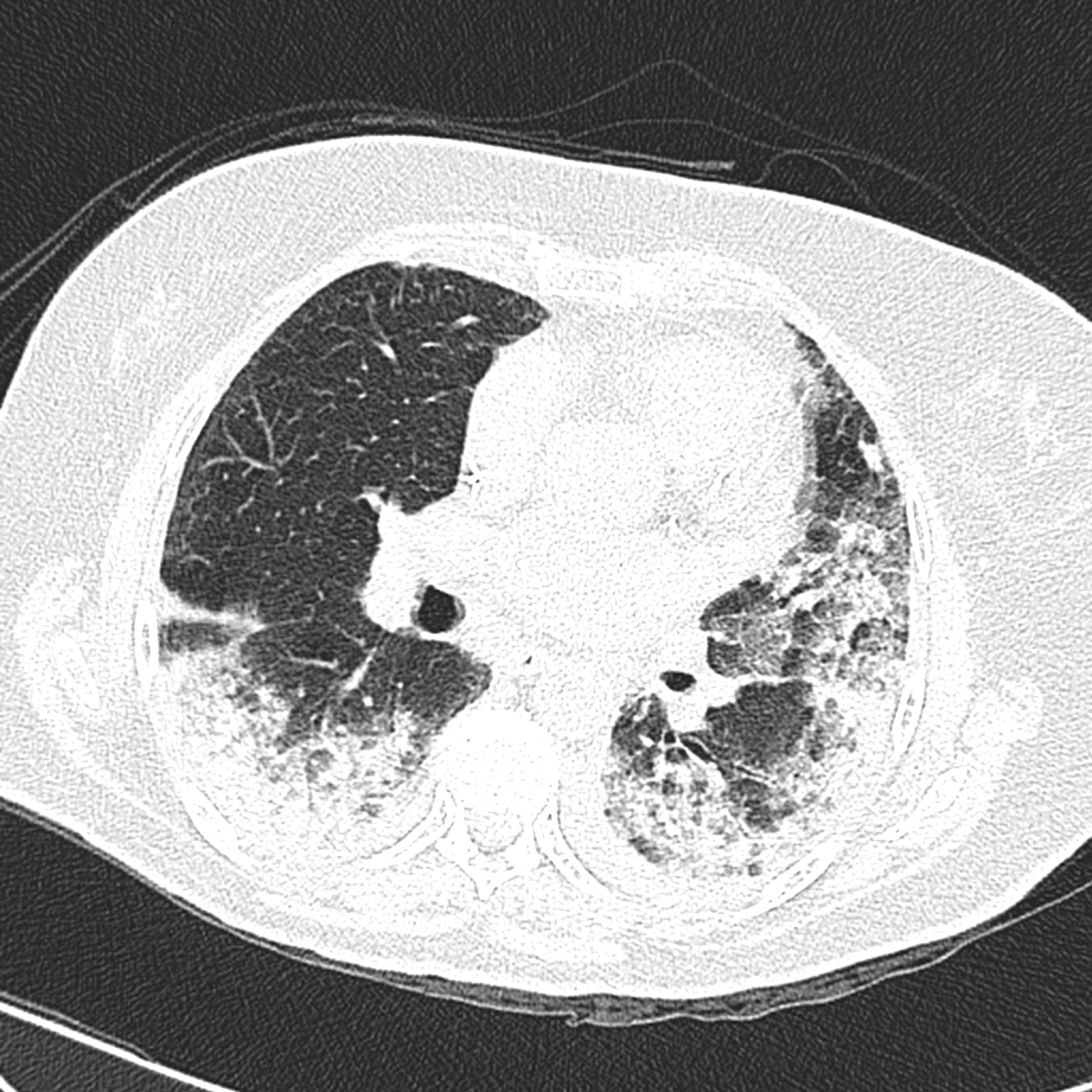Sandbox:Nasrin: Difference between revisions
Jump to navigation
Jump to search
No edit summary |
No edit summary |
||
| (12 intermediate revisions by the same user not shown) | |||
| Line 1: | Line 1: | ||
__NOTOC__ | __NOTOC__ | ||
| Line 4: | Line 7: | ||
---- | ---- | ||
=[[ | {{familytree/start}}{{familytree | | | | | | | | | A01 | | | | | |A01= [[COVID-19]] }} | ||
{{familytree | | |,|-|-|-|-|-|-|^|-|-|-|-|-|-|.| }} | |||
{{familytree | | C01 | | | | | | | | | | | | C02 |C01= '''30-40%''' <br> [[Asymptomatic]]|C02= '''60-70%''' <br> [[Symptomatic]]}} | |||
{{familytree | | |!| | | | | | | | | |,|-|-|-|+|-|-|-|-|.|}} | |||
{{familytree | | E01 | | | | | | | | E02 | | E03 | | | E04 |E01=[[Asymptomatic carrier]]|E02='''80%''' <br> Mild symtoms|E03='''14%''' <br> Severe symptoms|E04='''6%''' <br> Critically ill}} | |||
{{familytree | | | | | | | | | | | | |!| | | |!| | | | |!| | }} | |||
{{familytree | | | | | | | | | | | | F01 | | F02 | | | F03 |F01=[[Fever]]<br> [[Chills]]<br> [[Cough]]<br> [[Headache]]<br> [[Sore throat]]<br> [[Nasal congestion]] or secretion <br> [[Fatigue]]<br> [[Body aches]]<br> [[loss of taste]] or [[smell]] | |||
<br> [[Nausea]] or [[vomiting]] <br> [[Diarrhea]]<br> |F02=Severe [[Dyspnea]]<br> [[Chest pain]]<br> Severe [[weakness]] <br> new [[Confusion]]<br> Central [[Cyanosis]] | |||
|F03=Death}} | |||
{{familytree/end}} | |||
=[[ | {| class="wikitable" | ||
! colspan=4 style="background: #4479BA; color: #FFFFFF; " align="center"|CT manifestations of COVID-19 | |||
|- | |||
!style="background: #4479BA; color: #FFFFFF; " align="center" |CT findings | |||
!style="background: #4479BA; color: #FFFFFF; " align="center" |Definition | |||
!style="background: #4479BA; color: #FFFFFF; " align="center" |CT picture | |||
|- | |||
|style="background: #DCDCDC; |'''[[Ground glass opacity]]''' | |||
| | |||
*Hazy opacity in the lungs with well defined bronchial and vascular margins | |||
*the most common imaging finding | |||
*due to infection, chronic interstitial lung disease, and acute lung injury | |||
=[[ | |[[File:Covid-19-pneumonia-26.jpg|200px|thumb|center]] | ||
|- | |||
|style="background: #DCDCDC; |'''[[Consolidation]]''' | |||
| | |||
*a parenchymal density with ill-defined bronchial and vascular margins | |||
*filling with infectious material [fluid, cells, tissue] | |||
* due to cellular exudates in alveoli | |||
|[[file | |||
|- | |||
|style="background: #DCDCDC; |''' [[Crazy paving pattern]] ''' | |||
| | |||
* Septal thickening of inter and intra-lobar regions | |||
* with the background of the Ground glass opacity | |||
* Similar to paving stones | |||
* Due to alveolar edema and acute inflammation of the lung | |||
* Sign of progression | |||
|[[File:Covid-19-pneumonia-122.jpg|200px|thumb|center]] | |||
=[[ | |- | ||
|style="background: #DCDCDC; |''' [[Reticuldar]] pattern ''' | |||
| | |||
*Linear opacities in the lungs | |||
*Due to Interstitial thickening of inter and intralobular septa | |||
|[[file | |||
|- | |||
|style="background: #DCDCDC; |'''[[Air bronchogram]] ''' | |||
| | |||
* Air-filled bronchi | |||
*Low attenuated areas in the lung | |||
|[[file | |||
|- | |||
|style="background: #DCDCDC; |''' [[Bronchiectasis]] ''' | |||
| | |||
*irreversible dilatation of the lung airways | |||
* Bronchus diameter more than 1.5 cm | |||
*due to inflammation, obstruction and impaired clearance | |||
|[[file | |||
|} | |||
Latest revision as of 13:33, 15 July 2020
Editor-In-Chief: C. Michael Gibson, M.S., M.D. [1]; Associate Editor(s)-in-Chief: Nasrin Nikravangolsefid, MD-MPH [2]
| COVID-19 | |||||||||||||||||||||||||||||||||||||||||||||||
| 30-40% Asymptomatic | 60-70% Symptomatic | ||||||||||||||||||||||||||||||||||||||||||||||
| Asymptomatic carrier | 80% Mild symtoms | 14% Severe symptoms | 6% Critically ill | ||||||||||||||||||||||||||||||||||||||||||||
| Fever Chills Cough Headache Sore throat Nasal congestion or secretion Fatigue Body aches loss of taste or smell Nausea or vomiting Diarrhea | Severe Dyspnea Chest pain Severe weakness new Confusion Central Cyanosis | Death | |||||||||||||||||||||||||||||||||||||||||||||
| CT manifestations of COVID-19 | |||
|---|---|---|---|
| CT findings | Definition | CT picture | |
| Ground glass opacity |
|
 | |
| Consolidation |
|
[[file | |
| Crazy paving pattern |
|

| |
| Reticuldar pattern |
|
[[file | |
| Air bronchogram |
|
[[file | |
| Bronchiectasis |
|
[[file | |